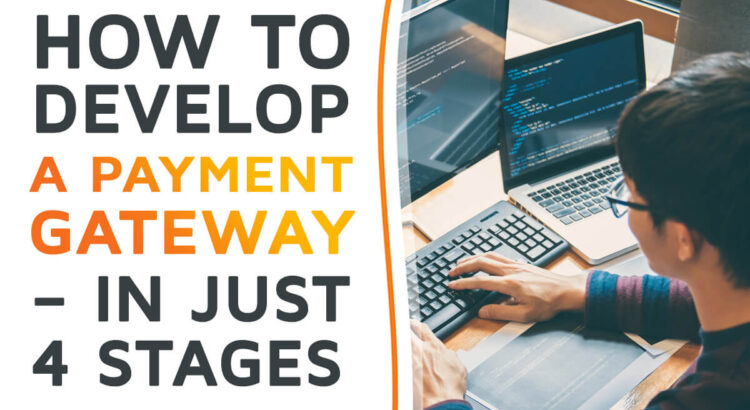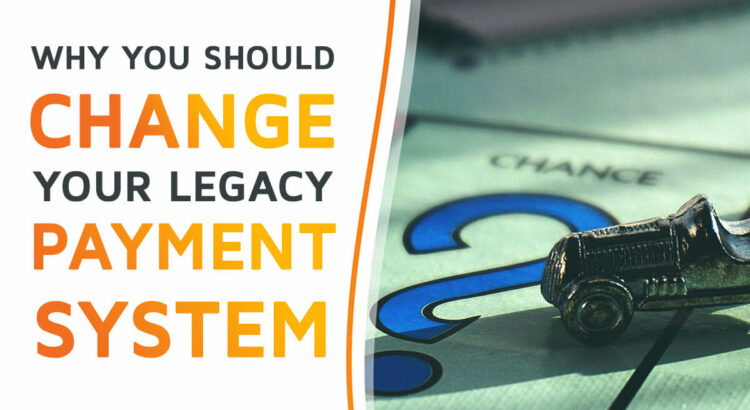Online marketplaces are complex systems. This complexity is reflected in the Payment Gateway needed for such platforms.
As a marketplace owner, you always have the option to integrate payment systems, offered by external Payment Service Providers. Depending on your business strategy, that might suffice. But using an off-the-shelf PSP will also limit your opportunities. You can’t evolve your marketplace to your preferences if the PSP doesn’t move along with you:
- You want to offer payment methods, according to customer demand? The PSP must support them.
- You want to scale up your business and move to new markets? The PSP must be set up to handle higher transaction numbers and adapt quickly to local financial regulations.
- You want to enable customers to pay via a prepaid e-money balance and securely store their payment instruments? The PSP must offer an electronic wallet.
- And so on…
Thus, ambitious marketplace owners might decide to build a custom Payment Gateway and remain in control over payments. As the company behind CoreWallet, the flexible software foundation for payment and e-wallet applications, we are familiar with creating Payment Gateways. It’s important to approach the development process with a clear plan. To help you master the technical challenges, we have compiled the common stages of such a Payment Gateway project for you.
Read More

